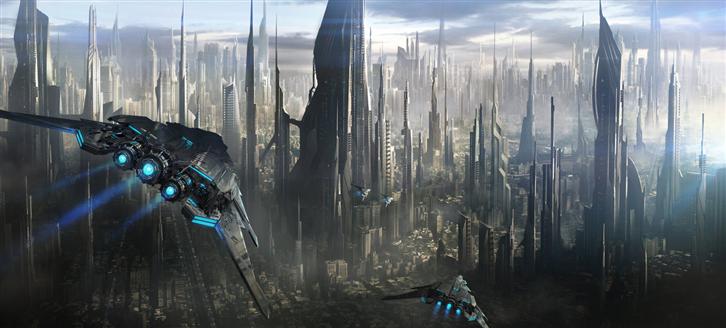
Does innovation and creativity bring us science fiction, or technological breakthroughs?
On Jan. 9th, 2007, Steve Jobs used his iPhone to make the first call outside the company. It was made to a local Starbucks in San Francisco, in which the worker answered: “Good morning, how may I help you?” “I would like to take out 4,000 lattes, thank you.” Jobs laughs at his own joke, and adds, “No no, I was just kidding. Wrong number. Bye!” This was when iPhone was introduced to the world for the first time. The other defining moment was when Jobs initiated Google Map: The audience went wild, searching and calling the nearest Starbucks, as if Christmas had arrived earlier. They were witnessing a revolutionary milestone in the history of mobile devices, and the impact hit not just consumers, but corporations alike.
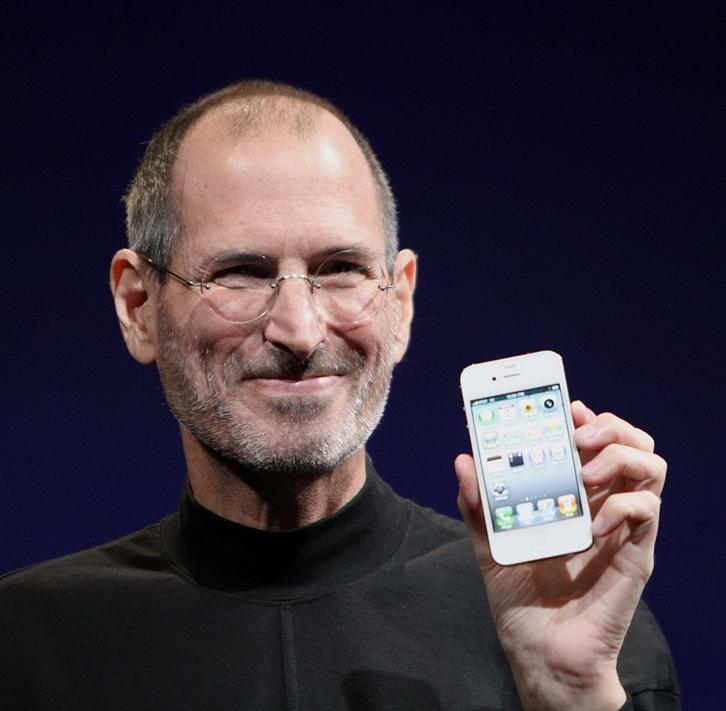
A moment of history: Steve Jobs ordering Starbucks via iPhone!
How is it that the “TV-phone” in Doraemon or the “Transporter” in Star Trek is no longer “fantasy”, but actual products in the real world: i.e, the first iPhone Steve Jobs introduced?
One of Steve Jobs’ favorite quotes came from Picasso: “Good artists copy, great artists steal. And we have always been shameless about stealing great ideas”. Innovation = “Borrow” and “Connect”, and, most importantly: Never, never, never, never give up. The thing is, how do you know what to borrow? Let’s try this out first, then. Imagine what the world is like in 100 years…
Great expectations… 100 years from now
We already have some ideas about the future from sci-fi movies toady. Rustic, pastoral landscapes are replaced by cold yet modern skyscrapers. The theme of everything would be blue, silver and gray. Vehicles soar about in the skies. Everyone would be dressed in efficient, sleek jumpsuits, the epitome of “edginess” in fashion…
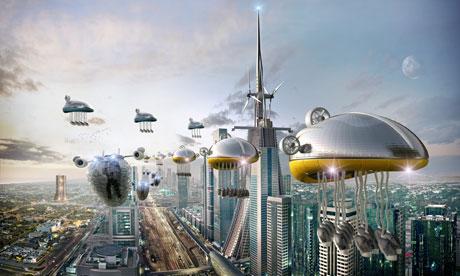
There will be no more birds flying freely. All living creatures that fly are breed and kept in laboratories, because they might be run down by the airborne cars. The material of these transportations will be semi-elastic, as to minimize casualties when an accident occurs.
With advanced medical practices, our life expectancies are off the charts, causing intense population and inhabitation problems. Buildings are getting higher by the minute, and cities are being expanded in the blink of an eye. Yet, in amidst all those issues, no matter how much technology evolves, human nature stays the same.
The Russian Adevărul stated that: There will be 3 layers in the “future city”: The ones living in the bottom layer, near the surface, never see the light of day. The ones living in the highest, on the other hand, can never live with the peace of mind. Those that live in skyscrapers might consider themselves lucky, but it would be severely inconvenient, not to mention the height would cause deep anxiety. We are biologically programmed for horizontal locomotion, and will never get used to vertical movements no matter how hard we try. The idea of it alone makes me uneasy already, let alone enduring it for a lifetime.
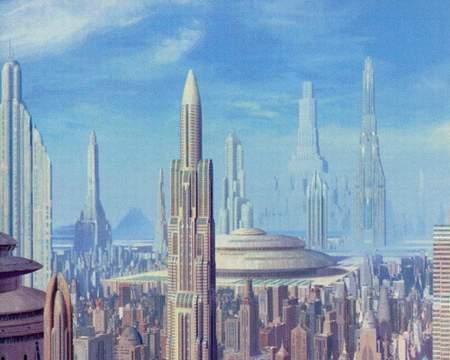
Human civilization might be underwater
As a response to global warming, the sea level will rise and threaten our space of living. Future architects may need to start envisioning buildings that can be entirely underwater, like, an submarine version of skyscrapers.
These underwater buildings may be powered by waves, winds or the sun. At the roof of each (which is nearest to the surface of the ocean), small artificial forests are grown in order to produce enough oxygen for the building. These buildings can be workplaces, recreation centers or homes, and basically can run autonomously by keeping fish farms or other organic seafood kitchens.
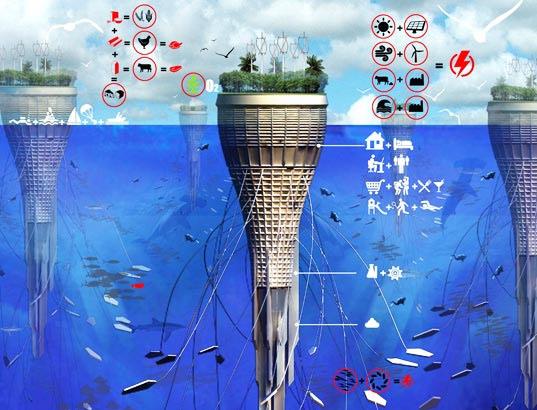
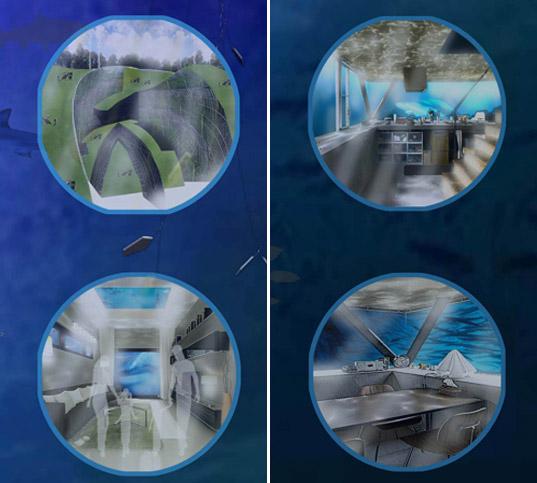
Aliens will work hand-in-hand with human beings
In the minds of younger children, the future holds less metals, and more color. No one will break a sweat when an UFO hover over one’s head, because these extraterrestrial beings will be living among us anyway. We treat them like we treat a foreign visitor. No only do we learn to work with them, we learn to be friends with them, too.
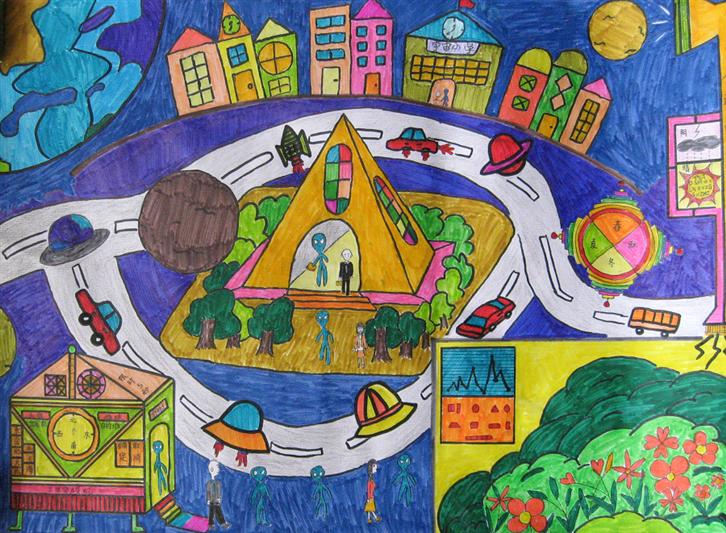
Life finds a way… even beyond the boundaries of technology’s limits?
Will we ever go too far with science or technology? Our imagination, brilliance and greed urges us on into one era, then the next, and then the next. But, has all this technology really optimized life just the way we expected?
As seen in many Hollywood movies, technology is forever striving, yet not without its consequences. The Disney/Pixar film WALL-E(2008) draws light to the exact same thing. When the earth has been fully consumed and there is nothing left to offer, the climate, the waste and pollution render it no longer suitable for human inhabitation, the only things left on the planet are garbage disposal machines, cleaning up “humans’ mess”.
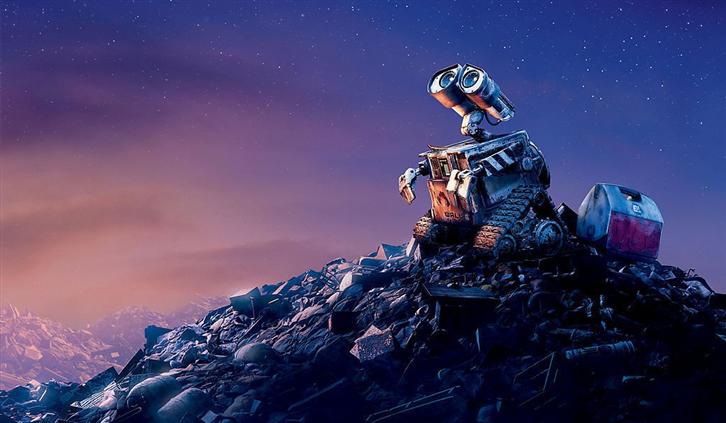
Do we have such an awareness in reality? As technology soars, have we forgotten what is means to be human? Is technology becoming a substitute of “living and leading a life”? Or are we unknowingly slugging towards the “evolutionary” future as humans are depicted in WALL-E?
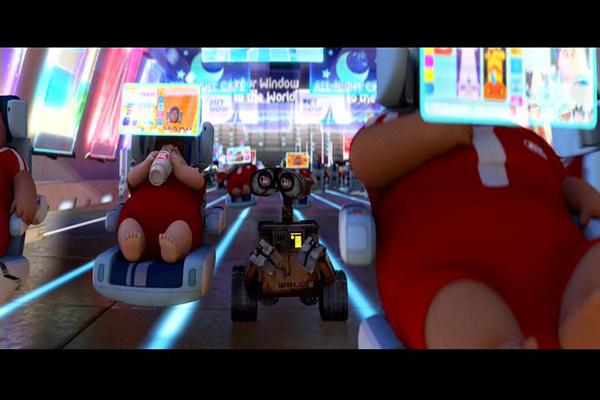
How can we balance between humanity and technology? These are things we must ponder on.
Reference:
www.inside.com.tw/2013/03/07/steve-jobs-starbucks
Source:
devianART news.gamme.com.tw/349652 env.people.com.cn/BIG5/12123010.html tw.knowledge.yahoo.com/question/question?qid=1106120306108 www.uccccg.com/newsview.asp?id=47 www.bsxx.org/Photo/UploadPhotos/201103/2011031010092779.jpg www.nipic.com/show/2/52/6a8fb7e9257d9ae3.html dimension.tw/2013/01/21 catherine98.blogspot.tw/2009/06/blog-post_15.html
www.deviantart.com
Copyright Notice:
All rights reserved. No part of this document may be reproduced or transmitted in any form or by any means, electronic, mechanical, photocopying, recording, or otherwise, without prior written permission of Gamania corporation.
